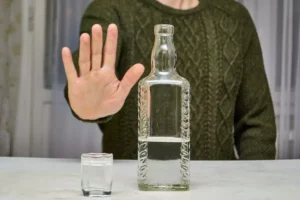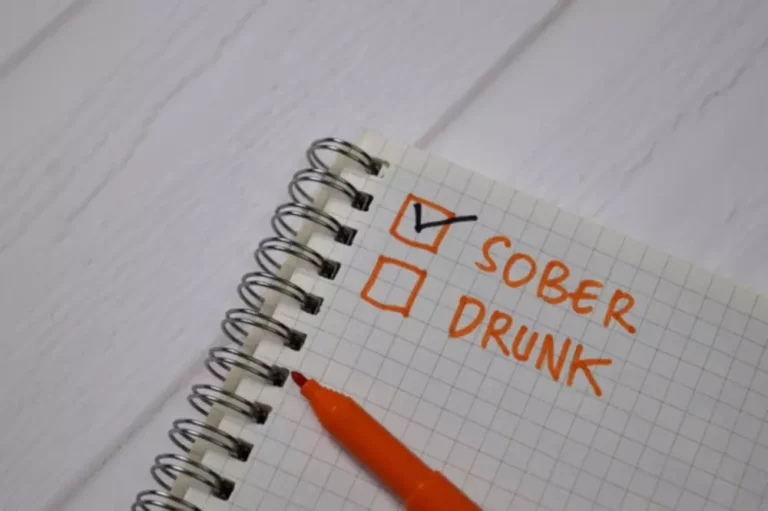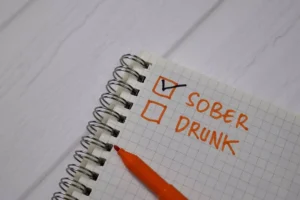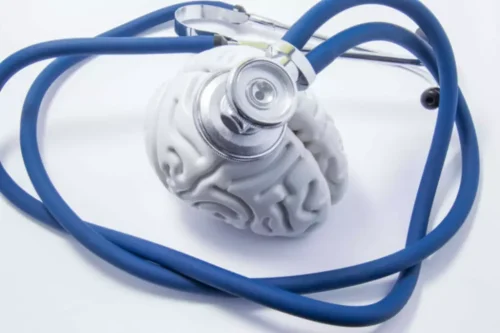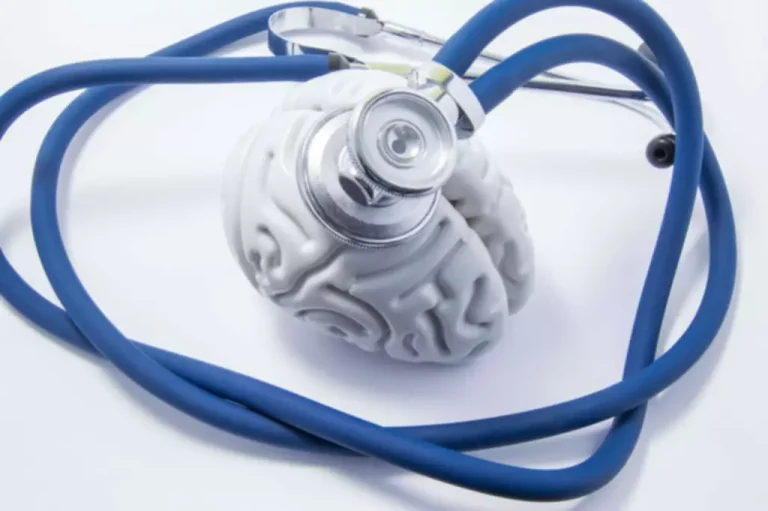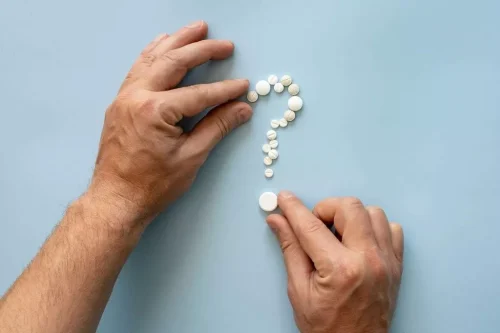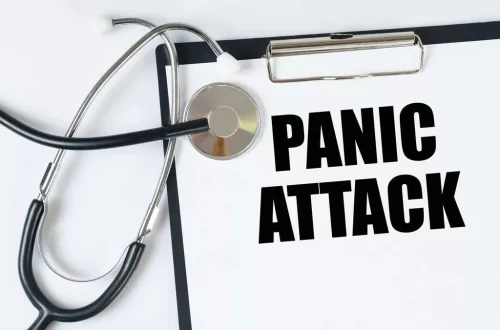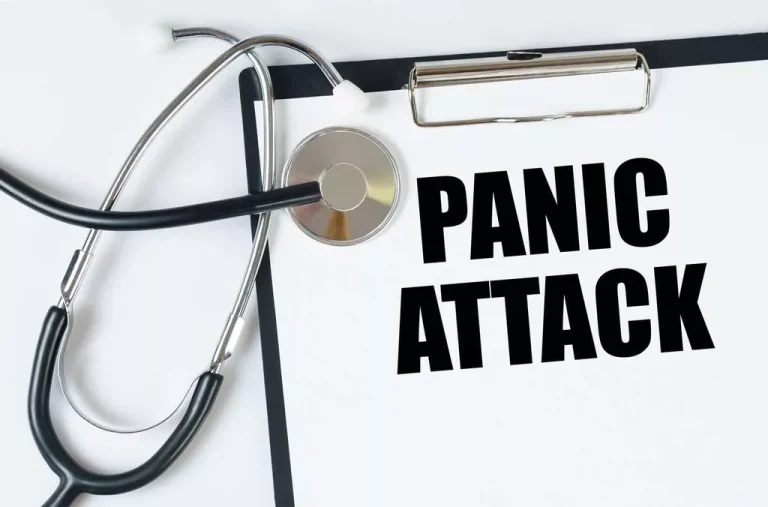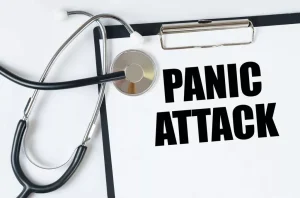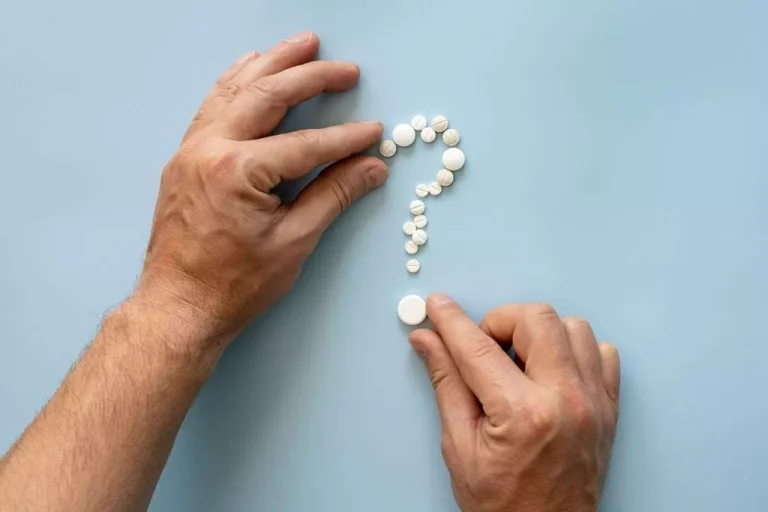
Wines can have varying alcohol content, with some varieties containing higher levels than others. The alcohol content can influence how quickly your body reacts and the subsequent warming effect. Red wines, for why does wine make me hot example, often have higher alcohol content than white wines and may lead to a more noticeable warm sensation. Some studies suggest that women may experience increased warmth more frequently than men because they tend to have fewer enzymes that metabolize alcohol. However, individual variations, body weight, and consumption levels can influence this.
What is really happening to your body temperature when you drink?
This is another mechanism of thermoregulation that under regular circumstances is used by the body to lower its temperature through evaporation. Hot flashes can also occur during alcohol withdrawal, which is what people with alcohol use disorder experience when they suddenly stop drinking or go too long without having a drink. According to him, there are multiple reasons that can lead to this problem, and the amount of alcohol also has a major role to play. No points for guessing that high body temperature and increased heart rate are the biggest culprits here. Taking one glass of alcohol after another may cool you down mentally, but physically, you may feel the heat, quite literally!
How To Flush Alcohol from Your System
While relaxing with a drink can be fun, it’s important to keep track of our intake. However, as long as we’re sensible and aware of our units, our chances of developing health issues are low. Reframe supports you in reducing alcohol consumption and amphetamine addiction treatment enhancing your well-being.
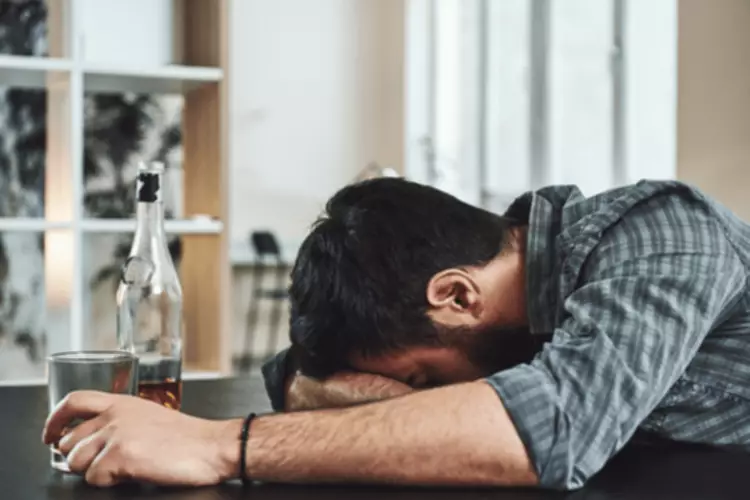
Can the type of alcohol I drink affect how hot I feel?
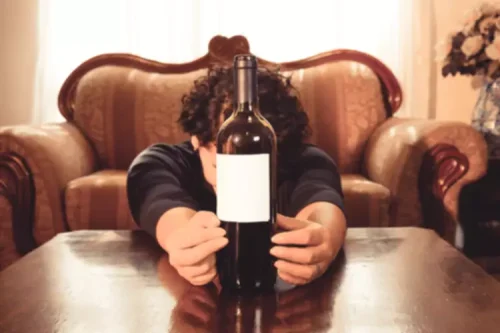
Remember to always drink responsibly and be mindful of your body’s response to alcohol. The feeling of warmth or heat after drinking alcohol is a result of various physiological processes in the body. Alcohol’s vasodilation effect, impact on hormone levels, dehydration, increased metabolism, and disruption of the nervous system can all contribute to this sensation.
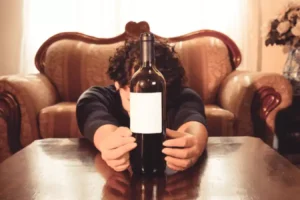
- Additionally, eating foods that are high in vitamins and minerals can help to boost the immune system and reduce inflammation in the body.
- This metabolic process can make you feel hot, especially if you’ve consumed a large amount of alcohol.
- This condition, often referred to as alcohol flush reaction or Asian flush, can cause intense flushing, increased heart rate, and other unpleasant symptoms.
- As a result, more blood is directed to the skin, enhancing heat loss through radiation.
- The conversion of alcohol into metabolites generates heat, which contributes to an overall sensation of warmth.
- Whiskey may provide temporary relief from specific cold symptoms, but it’s generally not advisable to consume alcohol when sick.
When you’re too hot, you sweat to cool down – the alcohol stops your body from being able to do that. This combined with much more heat being produced by your liver really makes you heat up in the night. As the alcohol education charity Drinkaware Trust6 warns, the combination of alcohol and very cold weather can be dangerous and even lethal. This is because your body’s core temperature – regulated by the brain – and your body’s shell temperature – influenced by the environment – are both under the influence of factors making it cooler. “By flushing and sweating you are delivering more heat to the skin and thereby increasing heat loss from the ‘core’ of the body to the environment.” Your body temperature control (thermoregulation), is affected when you consume alcohol.
- When you’re too hot, you sweat to cool down – the alcohol stops your body from being able to do that.
- It can cause significant spikes in blood pressure with repeated binge-drinking episodes leading to long-term increases in blood pressure.
- However, studies show that alcohol can actually lower our core body temperature and increase our risk of hypothermia.
- Individuals who have difficulty metabolizing alcohol sometimes experience alcohol flush.
- This drop affects the hypothalamus, a part of the brain that regulates temperature.
Alcohol consumption can cause vasodilation, which is the widening of blood vessels, leading to increased blood flow and heat production in the body. This can result in a warming sensation, flushed skin, and even excessive sweating. The extent of this reaction can vary from person to person based on factors such as individual tolerance levels, genetics, and the amount of alcohol consumed. In conclusion, the sensation of feeling hot after consuming alcohol, commonly known as alcohol flush, is primarily a result of alcohol’s vasodilatory effects. This reaction can be uncomfortable and embarrassing for some individuals, but it is generally harmless. Understanding the reasons behind alcohol flush and taking necessary precautions can help you have a more enjoyable drinking experience.
- If you think you or a loved one might be struggling with alcoholism, educating yourself on early warning signs can be a life changer.
- Do you ever feel your feet getting uncomfortably hot after you have a drink or two?
- This sensitivity, combined with alcohol’s effects, can heighten the overall feeling of heat when drinking red wine.
- Additionally, alcohol can cause vasodilation, or widening of the blood vessels, which can cause increased blood flow to the feet and the sensation of heat.
However, studies show that alcohol can actually lower our core body temperature and increase our risk of hypothermia. Alcohol affects the nervous system and can cause your blood vessels to tighten, which results in increased blood pressure. Alcohol flushing happens when an individual has an ineffective liver enzyme. Normally this enzyme helps metabolise alcohol until it’s completely eliminated from the body.
You may experience a hot flash for reasons that have nothing to do with alcohol including medical causes. Whiskey may provide temporary relief from specific cold symptoms, but it’s generally not advisable to consume alcohol when sick. Alcohol can suppress the immune system and dehydrate the body, which is counterproductive when trying to recover from a cold. You may sweat due to the heat if you may be drinking in an outdoor environment or under the sun, of course! Besides this, if you’re drinking while seated in a crowded, poorly ventilated place, you might also feel overheated.
Effects on the heart and blood vessels
If you have concerns about alcohol’s effects on your health, whether or not you drink heavily, you should consult with a healthcare professional. A detox after heavy alcohol use or withdrawal from alcohol misuse should never be attempted alone and can be life-threatening – specialist medical advice is essential. Hot flushes are more common in people of East Asian descent, which is why it’s sometimes called the “Asian flush.” However, it can occur in people of other ethnicities as well. While hot flushes can be normal in certain situations, such as during menopause, they can also indicate underlying health issues and alcohol misuse. Other physical symptoms such as a rapid heart rate, dizziness, and sometimes nausea can also occur. We use a pharmacist-formulated blend of Glutathione, Dihydromyricetin, Cysteine, L-Theanine, & B Vitamins to stop alcohol flushing before it can begin.

